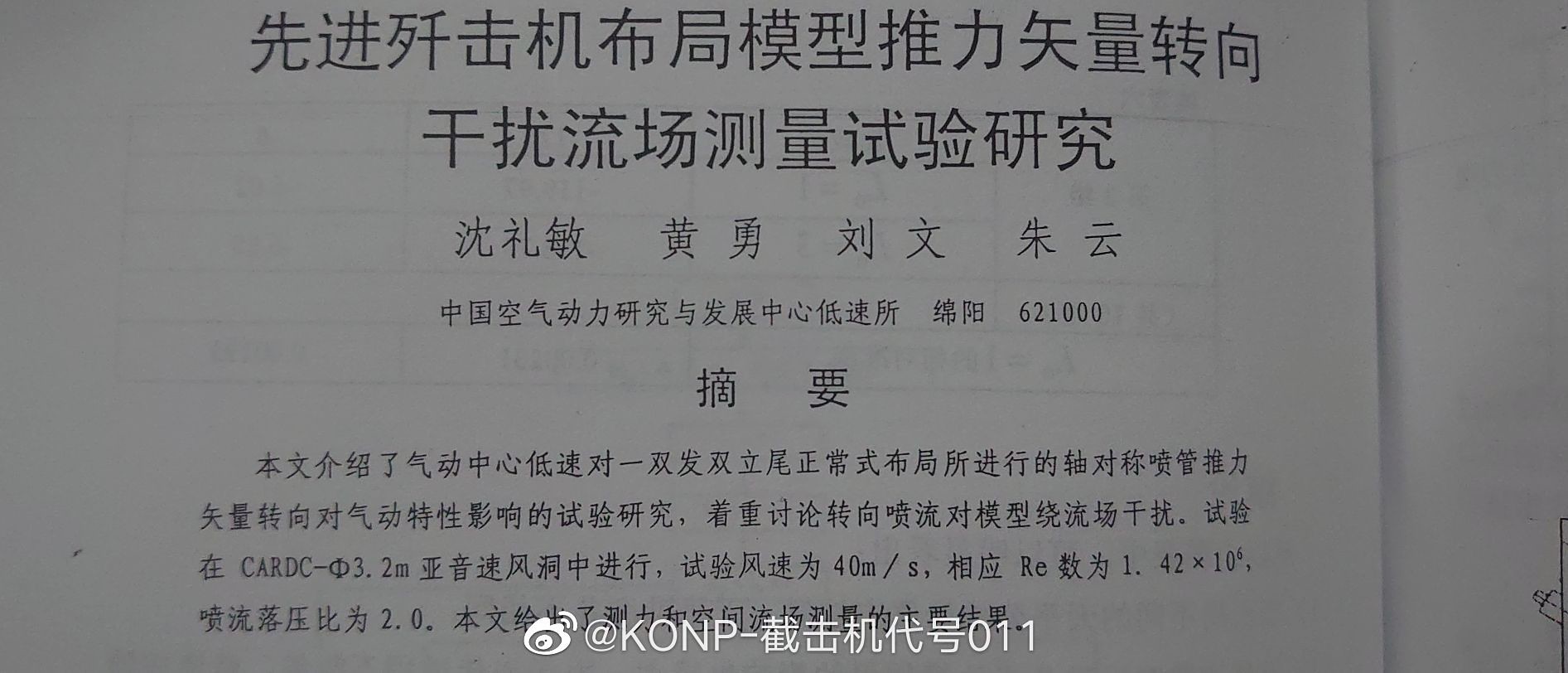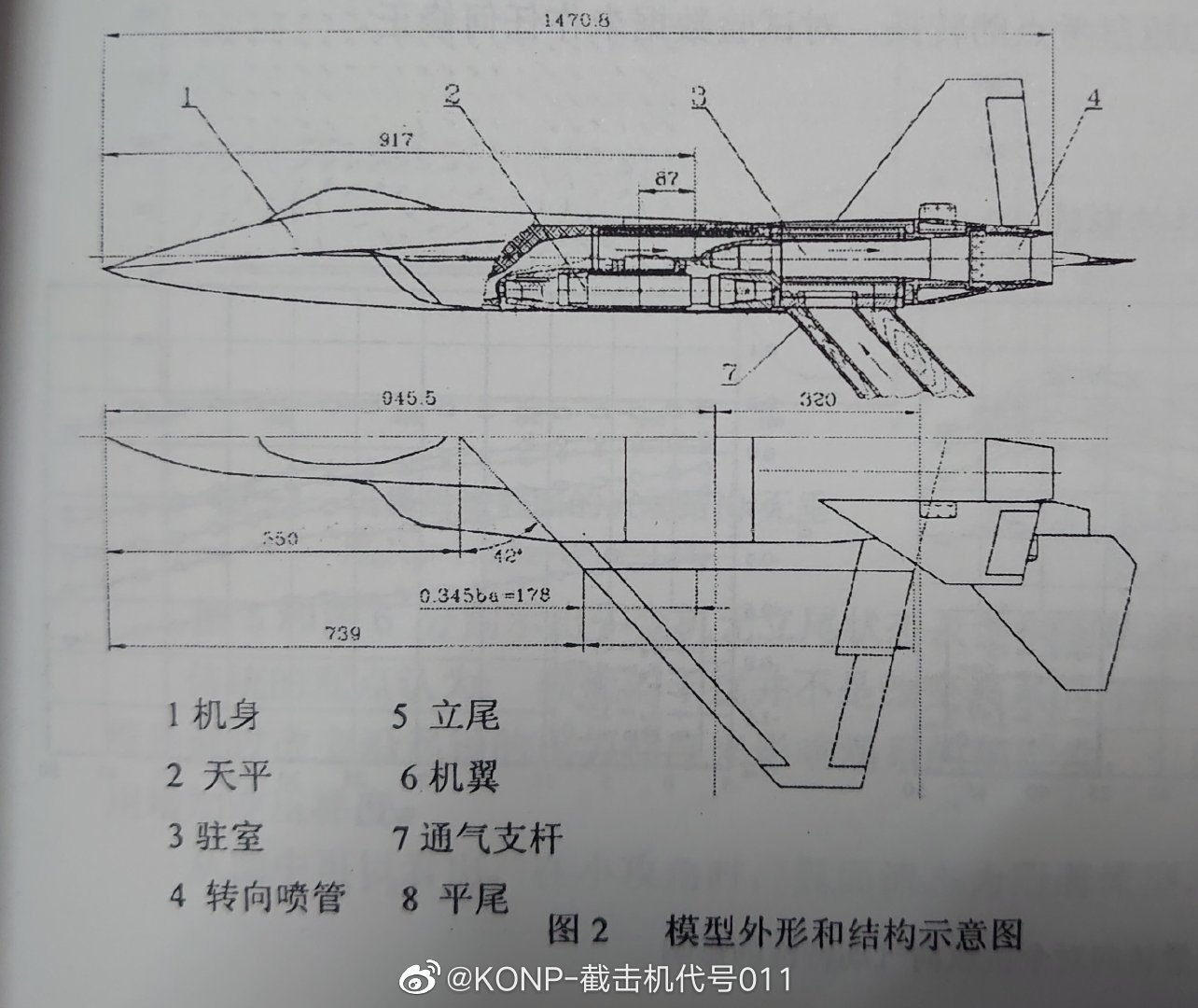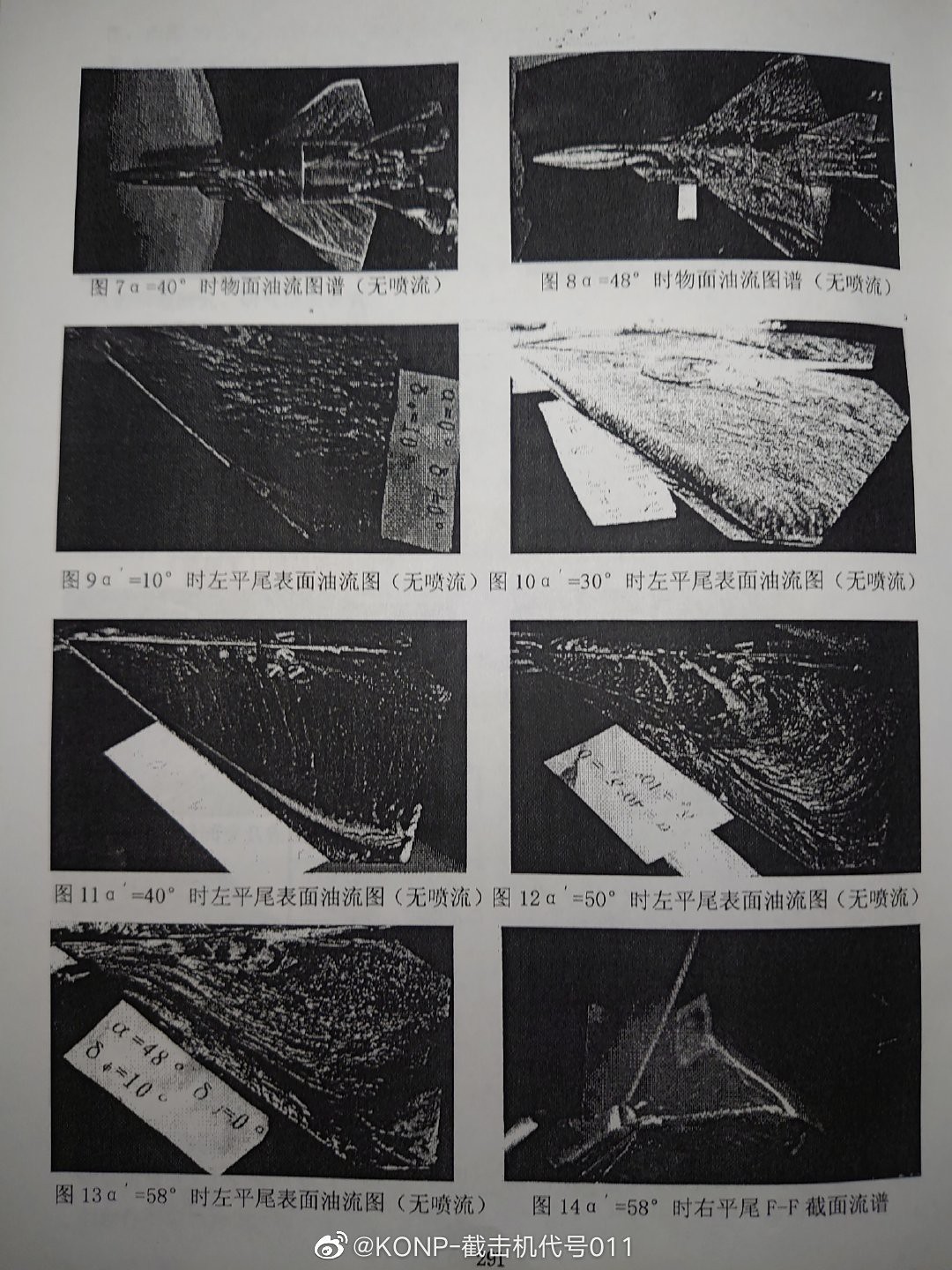supercat
Major
Alleged Russian An-124 in China, loading a lot of cargo:
Alleged Russian An-124 in China, loading a lot of cargo:
The original four Air Police 2000 large-scale airborne early warning aircraft have been in service for so many years, and the platform they use is the Il-76 strategic transport aircraft. It is indeed time to replace them with a new generation of large-scale airborne early warning aircraft.
What about the J-8s?
Chinese December 2022 review of PLAAF with outlook for 2023
The air force of the northern theater and the air force of the central theater each have three J-7 aviation brigades, and the air force of the southern theater and the air force of the western theater each have two J-7 aviation brigades. In general, the Chinese Air Force currently has 10 J-7 aviation brigades brigade, more than 300 J-7 series fighters. The main models are J-7H, J-7E, J-7L and J-7G. The Air Force of the Eastern Theater Command completed the refitting of all J-7 fighter jets early, and currently there is no J-7 aviation brigade.
Compared with the replacement speed in previous years, the Chinese Air Force's replacement speed for old fighter jets in 2022 has been significantly reduced. The main reason is that through the emergency refitting in the past one or two years, some combat units have already possessed corresponding combat effectiveness. For example, the Air Force of the Western Theater has replaced many advanced fighter jets within a period of time, and there was even a situation where a J-7 aviation brigade was directly replaced with J-16 fighter jets. After the relevant combat units already have basic combat capabilities, the Chinese Air Force needs to re-plan its future development.
Some of the pilots who originally flew the J-7 series fighter jets are relatively old. Although these pilots have rich experience, they are generally closer to the grounding period. Therefore, instead of letting these J-7 pilots fly J-16, J-10C and other advanced fighters, it is better to let new pilots fly new fighters directly. And these old pilots directly stayed until the grounding period came, and directly switched to the surveillance and strike integrated drone.
From the perspective of fighter performance, among the four J-7 fighters, J-7H, J-7E, J-7L and J-7G, neither the J-7E nor the J-7H is equipped with a fire control radar. The radar rangefinder is installed, and basically only infrared combat air-to-air missiles can be used for close combat air combat. They do not have beyond visual range air combat capabilities. When attacking the ground, they can only use unguided rockets and unguided guided missiles. This is a priority.
The J-7L and J-7G fighters are equipped with a small PD fire control radar and a fairly good avionics system. If the data link and weapon interface are upgraded, they can still be used for a period of time. Therefore, the priority of these two J-7 fighters should be relatively low. If one or two J-7 aviation brigades are to be replaced in 2023, it is estimated that the J-7E or J-7H fighters will be replaced. But if you want to replace all the 10 J-7 aviation brigades, it is estimated that it will be difficult to achieve it in five or six years.
Although the Chinese Air Force's retirement of old fighter jets in 2022 is not fast, the speed of equipping new fighter jets is not slow. Judging from the current open source data, the total number of J-20 stealth fighters has exceeded 200, and the number of J-16 heavy fighters has also exceeded 300. It should be noted that in addition to more than 300 J-16 fighter jets, the Chinese Air Force is currently equipped with 2 J-16D electronic warfare aviation brigades, which is also an important combat force that cannot be ignored.
Of course, the most important thing is that the Yunyou-20 large aerial tanker has finally confirmed its formal service and generated combat effectiveness. Although the domestically produced J-11 series fighters do not have aerial refueling capabilities, there are more than 200 J-20s, more than 300 J-16s, hundreds of J-10 series fighters and Su-35, Su-30MKK, and Su-30MK2 fighters Both are capable of aerial refueling. Before the arrival of the Yunyou-20 large-scale aerial refueling aircraft, the Chinese Air Force relied on only a few second-hand Il-78 large-scale aerial refueling aircraft and the Hyou-6, and it was really difficult to meet such a huge demand for aerial refueling.
With the Yunyou-20 large aerial refueling aircraft, the Chinese Air Force can leave hundreds of J-11 series fighter jets in mainland China or in coastal airspace to perform defensive missions. Hour. The J-20, J-16 and other fighter jets that can accept aerial refueling can go out to farther airspace to form multiple air defense interception lines to intercept incoming US troops in advance. In this way, a more distinct division of labor and cooperative combat system has been formed.
In terms of the outlook for 2023, the Chinese Air Force has a lot to look forward to. In 2016, the Chinese Air Force sent J-20 stealth fighters to the Zhuhai Air Show for the first time, and built more than 200 J-20 stealth fighters in six years. Considering that its production speed is constantly accelerating, in 2023, the number of J-20 stealth fighters equipped by the Chinese Air Force is expected to exceed the threshold of 250.
The number of J-16 fighter jets will be more, and it is expected to reach the 400 mark. The number of J-10C fighter jets is hard to say. After all, the Chinese Air Force has not shown signs of ordering J-10C fighter jets on a large scale in recent years, and the number should be relatively small.
The new generation of large-scale airborne early warning aircraft based on the Yun-20 platform is also worth looking forward to. Although the probability of appearing in 2023 is not high, the chance of making a noise is not small. The original four Air Police 2000 large-scale airborne early warning aircraft have been in service for so many years, and the platform they use is the Il-76 strategic transport aircraft. It is indeed time to replace them with a new generation of large-scale airborne early warning aircraft.
what is certain is that "loyal wingman" and UAV air combat will be two important research directions of the Chinese Air Force in 2023. The "loyal wingman" of the Chinese Air Force should not be a specific type of drone, but a variety of drones to form a complete combat system, allowing fighters such as the J-20 and J-16 to be used freely.
Judging from the fact that the "Pterosaur-3" reconnaissance and strike integrated UAV can use the PL-10E infrared combat air-to-air missile, it is very important to realize the universalization of this function and to seek the UAV's beyond-visual-range air combat capability. If this goal can be achieved in 2023, the Chinese Air Force will further increase the development of drone power in the future. At the same time, the dependence on manned fighter jets can also be gradually reduced.
So, my assessment from the above article
Summary
End 2022 End 2023
J20 200 250
J16 300 400
J7 Bdes
WTC 2 1
Overall 10 8
Maybe summarize this as:Judging from the fact that the "Pterosaur-3" reconnaissance and strike integrated UAV can use the PL-10E infrared combat air-to-air missile, it is very important to realize the universalization of this function and to seek the UAV's beyond-visual-range air combat capability. If this goal can be achieved in 2023, the Chinese Air Force will further increase the development of drone power in the future. At the same time, the dependence on manned fighter jets can also be gradually reduced
Influence characteristics of vector jet flow on the shape of the flow around the aircraft
Abstract: Vector thrust technology is one of the advanced technologies widely adopted by fourth-generation fighter jets, and it is an important technical measure to improve the maneuverability and agility of aircraft at present. Using surface oil, smoke lines, and laser sheet flow visualization techiques, this paper conducts a detailed study on the space-time flow characteristics of a combat aircraft with and without vector thrust, revealing that the interference law of the vector jet flow on different flow forms of the aircraft is of great significance for the analysis of the overall aerodynamic characteristics of the aircraft, especially the aerodynamic characteristics of the aircraft under the interference of the vector jet flow
Experimental Research on Thrust Vector Steering and Disturbance Field Measurement of Advanced Fighter Layout Model
Abstract: This paper introduces the experimental research on the effect of thrust vector steering of axisymmetric nozzles on the aerodynamic characteristics of a normal layout with two engines and two vertical tails at low speed of the aerodynamic center, focusing on the discussion of the interference of the steering jet on the flow field around the model.





View attachment 103357
Yesterday's trip through the ADIZ. That's an unusual amount of H-6 with little escort.
